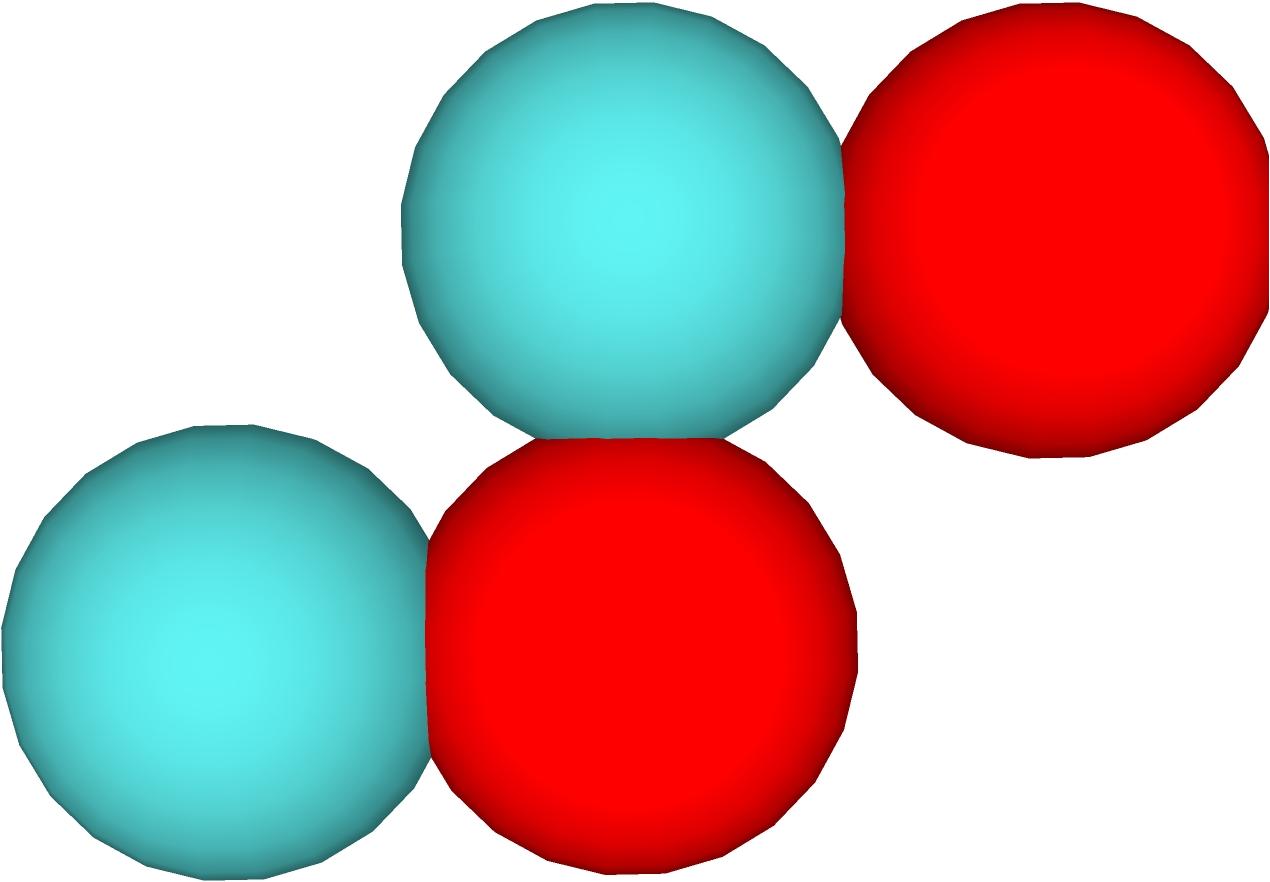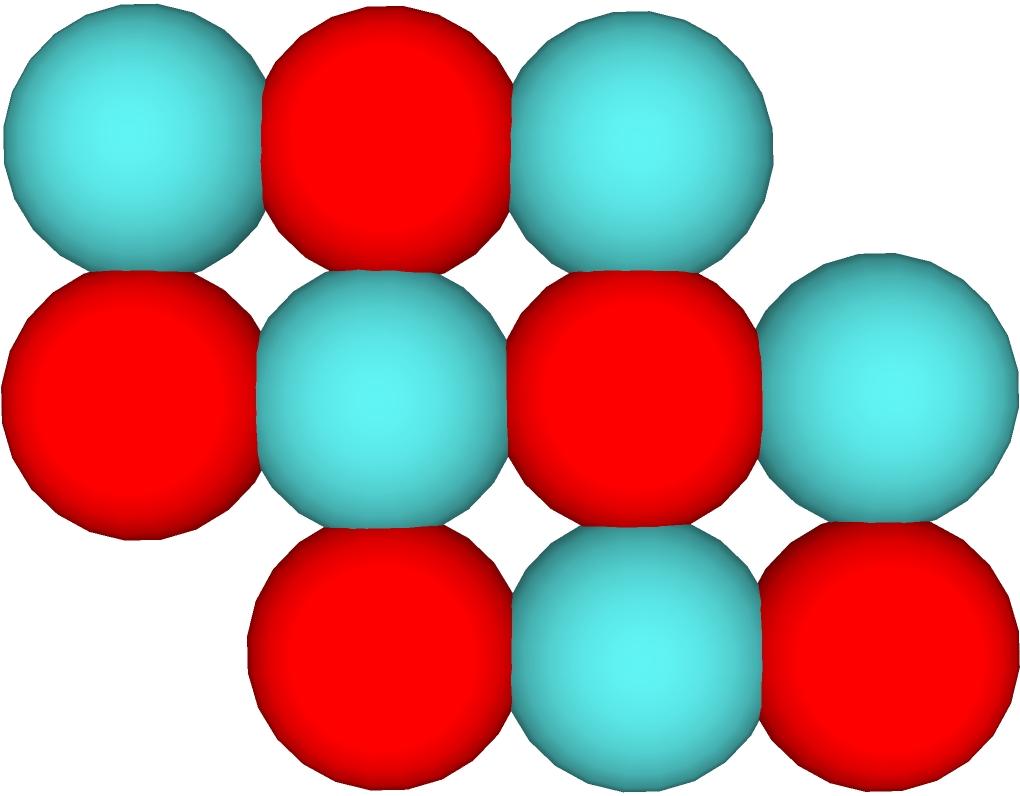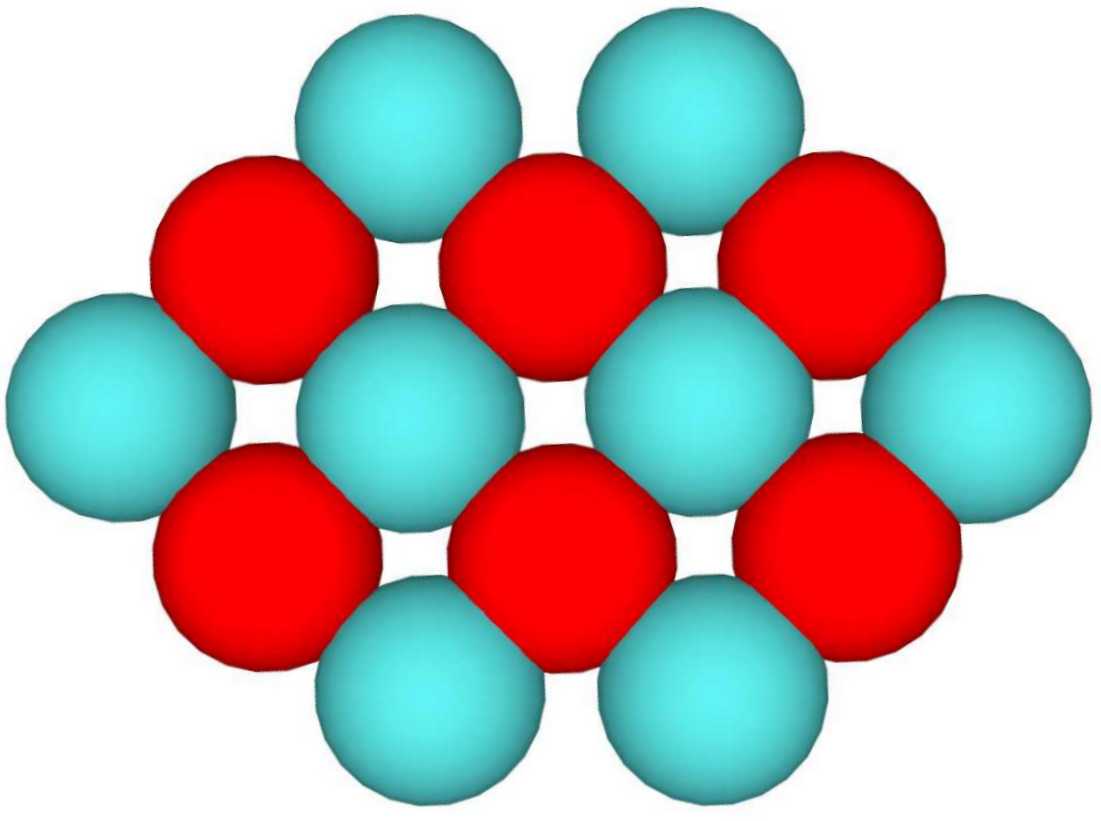An Alternate View of Nuclear Structure – Family G
An Alternate View of Nuclear Structure
Aran David Stubbs
Contact
Main Article
Index of Families
Family GThis family includes individual solutions that are best fit (least surface for baryon count) or close, and are either below or not too far above Dirac’s limit (z<150). Eccentric solutions are marked with an E. Skew solutions with an S (for standard 3×3 square less 2 corners)

, T for Thin (2×3 block less 2 corners)

, H for half fat (3×4 block less 2 corners)

, or F for fat (4×4 square less 2 corners)

. Each of these patterns is the first degree instance, higher degree instances ad nauseum can be generated. Skewing can effect 2 vertices, 4 vertices, or all 6 vertices. Different vertices can be of different types (a fatly skewed vertex and a half-fat skewed vertex for instance), but not all combinations are possible. Additionally, there are the Diagonal types D (with 3 spheres at each end) and DC (with intact 2x2x2 cubes at each end) occupying a diagonal through the center of a cube at the lowest layer (layer 1 of each of these is a line of disconnected spheres), and diagonals based on other blocks (DT for thin 1x2x2 stacked diagonally, FDC for fat diagonal cubes, HDC for half-fat diagonal cubes). See individual pages for details on each type. There are 2 symmetric solution groups – even which are all best fit, and odd which all have parity violations and are never best fit (although ignoring the violation, they have the best ratio for their baryon count).
Each cell in table 1 (family order) has cell title plus surface sphere count, interior sphere count, baryon count (half the sum of above 2), and Ridgeline number. Table 2 (in baryon count order) has baryon count up front, and no ridge number. Sheets with at least 1 image have the tag Pic. Solutions with high dipole are highlighted in yellow. The table 1 row header also includes the relative position (distance from the end of ridgeline) typical of cells in the row. Both tables include all of the best fit from the first 18 ridgelines, and a little of the nearly best and pretty decent portions of ridges 19 & 20.


